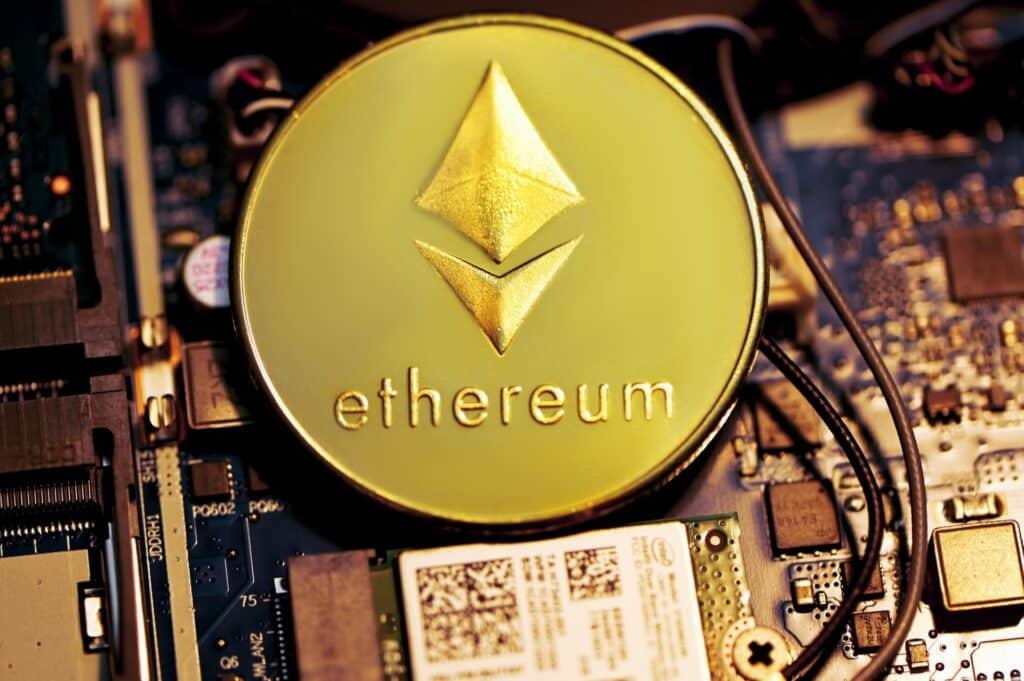
You’re not alone if you’ve been swept up in the excitement surrounding Ethereum’s forthcoming upgrade.
Over the past year, the number of people searching for “Ethereum merging” on Google has increased significantly, peaking only recently.
The price of Ether has risen as a result of the increased interest. This morning, it grew to a two-and-a-half-month high, approaching $3,350. There has been a 6% increase in the last 24 hours and a 19% increase in the previous week.
Why is everyone talking about this? Ilan Solot, a Tagus Capital Multi-Strategy Fund partner and a blockchain-focused venture capital fund, believes investors may be suffering from FOMO or fear of missing out. ETH pre-merge “FOMO is kicking in,” says the narrator.
Is the FOMO justified?
The merger is “a tremendously huge deal,” Bitwise Asset Management chief investment officer Matt Hougan told Fortune. “This shift will be priced in by the market for months. ETH will remain a popular crypto asset for institutional investors if the merger is successful.” This is driving everything you’re feeling.
Ethereum relies on a system known as proof-of-work to confirm transactions and issue new coins. As a result of its environmental impact, this method has been widely criticized.
Ethereum will allow users to validate transactions based on the number of coins they give, or “stake,” to the network using proof-of-stake.
The merger would be a significant step forward if everything goes according to plan.
For starters, the environmental impact of the Ethereum blockchain would be significantly reduced. After the merge, the quantity of Ether will likely begin to drop, as fewer coins are expected to be created post-merger, increasing scarcity and price. The security of the blockchain is likely to increase in the face of a potential attack. Institutional investment in the Ethereum network is expected to rise due to the improvements.
Although no official date has been selected for the merger, some believe it will be summertime.
Ether’s price has risen due to all of this, as evidenced by the recent spike.
“I think ETH’s great performance recently is due in part to the anticipation of the merger,” Hougan added.
Post-merge, what is the future of Ethereum looking like?
This merging is all about changing from a proof-of-work to a proof-of-stake system.
Ethereum requires crypto miners to solve intricate problems to verify transactions as a proof of work system. This procedure uses a lot of computing power and is frequently criticized for its environmental impact.
A switch to proof-of-stake would allow users to confirm transactions based on how much money they put into the network. The more coins a user holds up, the more probable they will be selected to validate transactions on the web and receive a bonus.
Proof-of-stake and proof-of-work chains are both currently running on Ethereum. One chain processes user transactions while the other still has validators.
The Beacon Chain, a proof-of-stake chain, will replace Ethereum’s original blockchain once the genuine merge is complete.
Further improvements are expected to be made to the blockchain’s defenses against attack. Ethereum’s crypto mining would cease to exist during the actual merge, significantly reducing its environmental footprint. Because fewer coins are predicted to be issued in the future, the quantity of new Ether will likewise likely decrease. The Ethereum network’s institutional investment is also projected to rise. So, you can buy Ethereum.
To test the merge on Monday, developers performed a “shadow fork.”
They can use it to simulate the effects of a merger without affecting Ethereum’s “manner,” or leading blockchain network, in any way. These nodes had been started and put through the merge process by the developers. The Ethereum network relies on nodes, computers that run the verification software.
“The core Ethereum network keeps going ahead as if nothing happened,” Beiko said in a Fortune interview. If there are any complications with the merge, this can help developers avoid affecting the entire network.
There may also be a rise in media coverage of the merger, which may have contributed to the increase in the hype and subsequent FOMO.
A lot more people recognize how big of a deal this is now that the mainstream media and institutional investors have heard about it.
While it’s “understandable excitement,” it’s essential to remember that integration is not without risk. This is a high-risk technology improvement, and Hougan warned that it could be delayed or encounter problems during deployment.
